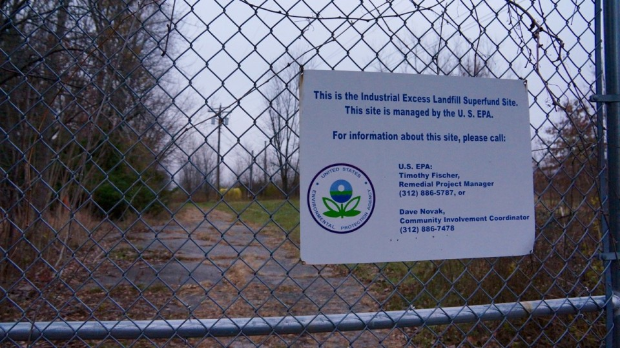Jess Lamar Reece Holler, remember that name. Jess is a community-based applied cultural worker and documentary artist working to amplify the stories of people whose bodies and heath have been harmed by environments, products and practices that are SUPPOSED to be safe from the food we eat to the water we drink to the places we live. Her work, in particular has focused on collaborating with communities to document and share their stories of everyday and site-based toxicity. PFW gave her a grant to help her continue her ongoing work of collecting oral based histories, documentary photography and environmental folk life practice, which will catalyze badly-needed conversations about toxicity and exposure we endure and consent to in our daily lives. Such toxicity disproportionately impacts the working pool -especially in rural communities, which bear the brunt of toxic waste dumping and storage. Her work with the Eastwick environmental justice community to help investigate what happened in Caledonia, OH which is the site of chemical dumps. Jess personally watched members of her childhood church community in her mother’s graduating class at River Valley High School pass away from rare forms of cancer.
” During the 1980s and 1990s, medical officials began observing an increased rate of cancer, especially leukemia, among students at Marion, Ohio’s, River Valley Schools. The Ohio Environmental Protection Agency (OEPA) investigated the situation and discovered that some of the schools were built on land formally used by the United States Army as a waste dump. The site contained hazardous levels of at least seventy-five chemicals. The OEPA negotiated with the school district and the United States Army Corps of Engineers to have the schools relocated, resulting in a new high school, a new middle school, and two new elementary schools for the River Valley School District. At the OEPA’s urging, the Ohio government earmarked 8.9 million dollars for the construction of the new schools, which were completed in 2003, and the agency also convinced federal government authorities to contribute fifteen million dollars. Clean-up of the former dump site began in 2004.” from the Ohio History Connection website
info: caledonianorthern.org




